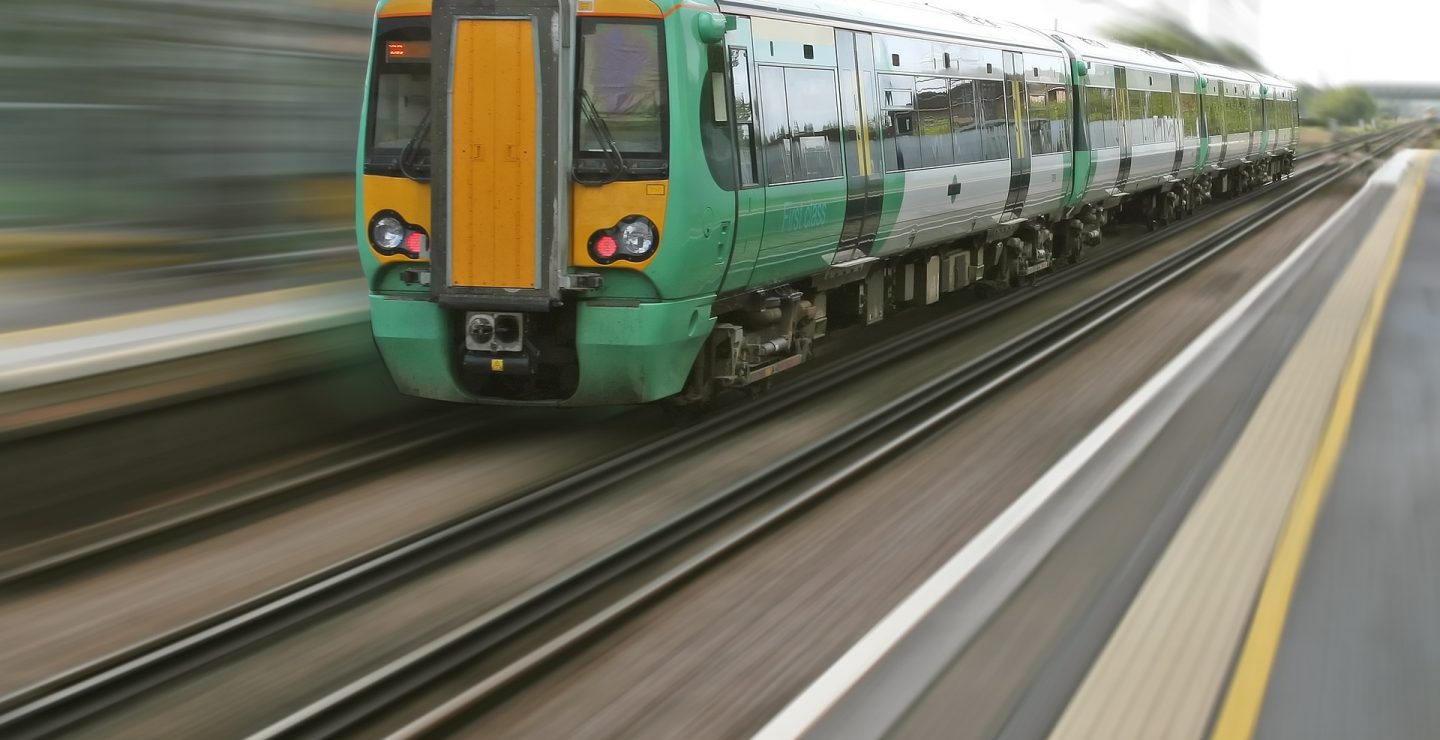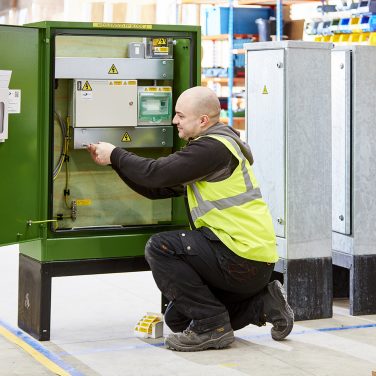The pulse of rail infrastructure
The UK rail industry is made up from a number of bodies which collectively have a role in running the entire UK network. Employing more than 190,000 people in order to keep passengers moving on 20,000 miles of track, the rail industry pays a large contribution to the way UK residents live, work and play.
Rail infrastructure itself comprises of over 40,000 bridges and tunnels, with more than 2,500 stations accommodating the 1.3 billion passenger journeys and 270 million business trips per year. With this in mind it’s safe to say that without the rail network, many UK passengers would be lost.
Powering railway networks
Powering the rail industry is no mean feat, it takes miles of supply connections and intricate planning to ensure the 2,500 stations within the UK rail infrastructure keep people on track (over 20,000 miles of it) and on time. Without an adequate, durable and reliable power supply, the UK rail industry would struggle to function.
Power distribution provides railway networks with a constant power supply that helps to energise many aspects of its infrastructure – guiding passengers and rail professionals on their way. Not only giving power to lighting infrastructure, distribution enclosures can provide an independent power supply to electric vehicle (EV) charge points within carparks and have the potential to be installed on trackside locations, where maintenance might be required.
Stations and public areas
Located in urban and rural surroundings, train stations connect people and help passengers stay mobile. From city centre terminals to countryside stops, a consistent theme for train station planning is that they all require power to keep communal areas illuminated, safe and accessible. Power distribution enclosures are the ideal solution and provide stations with the power infrastructure required for the lighting schemes throughout platforms and surrounding public areas.
Furthermore, with the growing uptake of EV throughout the UK and beyond, there’s increasing demand for slow and fast charge points to be used in railway carparks. These help to keep commuters and residents on the road, up and down the country, while reducing their carbon footprint.
Challenging conditions
Due to the harsh conditions in which they are required, power distribution solutions must take into account external factors such as weather, abrasion and vandalism, therefore each project is different from the next. Although there are a number of standard products available for quick component protection and exceptional power distribution, there are a number of enhancements that make pillars more robust.
Adding an extra layer of protection, in terms of physical durability, pillars can be adapted with customised reinforcements and accessories. Hot dipped galvanisation and painted variations are available options, making pillars much more durable to instances of harsh weather and vandalism. Furthermore, additional locks can be provided to prevent un-authorised access and reduce the instance of tampering – a key consideration where the position of the pillar is concerned.
Trackside power
Steel enclosures have long been a go-to solution for trackside power distribution thanks to their strong, durable and long lasting properties. Additional protection can be provided by way of an extra layer of hard wearing paint that makes the pillar less corrosive and harder to damage in the instance of impact. This makes enclosures multi-purpose throughout the rail industry.
The rail industry (particularly Network Rail) has recently switched to 2-core cable in an effort to reduce costs on trackside installations. Although this solution solves the problem of thefts while saving money, it presents a new challenge; it offers no earthing capabilities. This means that traditional (stainless steel/HDG) pillars might not be suitable as they are unable to provide extra insulation. Glass Reinforced Plastic (GRP) could be a suitable material alternative that not only offers cost savings, but meets electrical requirements.
GRP has abundant advantages for trackside installations; not only does it offer extra insulation and an attractive price-point, it also has a strength that is comparable to its metal counterparts. It also has the advantage of being easier to shape, this means that bespoke forms and sizes are easily achievable and, in the instance of forceful impact, the material’s integrity will remain intact, thus not compromising durability. Furthermore, as GRP is inherently a non-conductive material, if connections become loose the risk of electrification is minimal, should anyone come into contact with an enclosure.
A flexible solution for most surroundings
Available in a number of different shapes, sizes and styles, power distribution enclosures give rail networks the opportunity to create a modular power supply that is scalable to growing electricity requirements. From the simple yet sturdy shells that house electrical connections, to pre-wired and fully equipped nerve centres that not only provide power, but can monitor power supply too, Lucy Zodion can develop a safe and durable solution that meets the needs of most railway energy specifications.
In order to prevent further tampering and damage, additional paint finishes and lock variants are available, while flexible design features can aid various installation requirements. Detachable roofs make switching out equipped backboards quick and simple, accommodating lighting upgrades when required. Enclosure ventilation might also be a requirement, with some commanding anti-condensation heaters that are controlled by a thermostat for low energy consumption. The possibilities are endless, meaning most specifications can be met.
Find out more about our wide range of standard and pre-wired pillars here:


